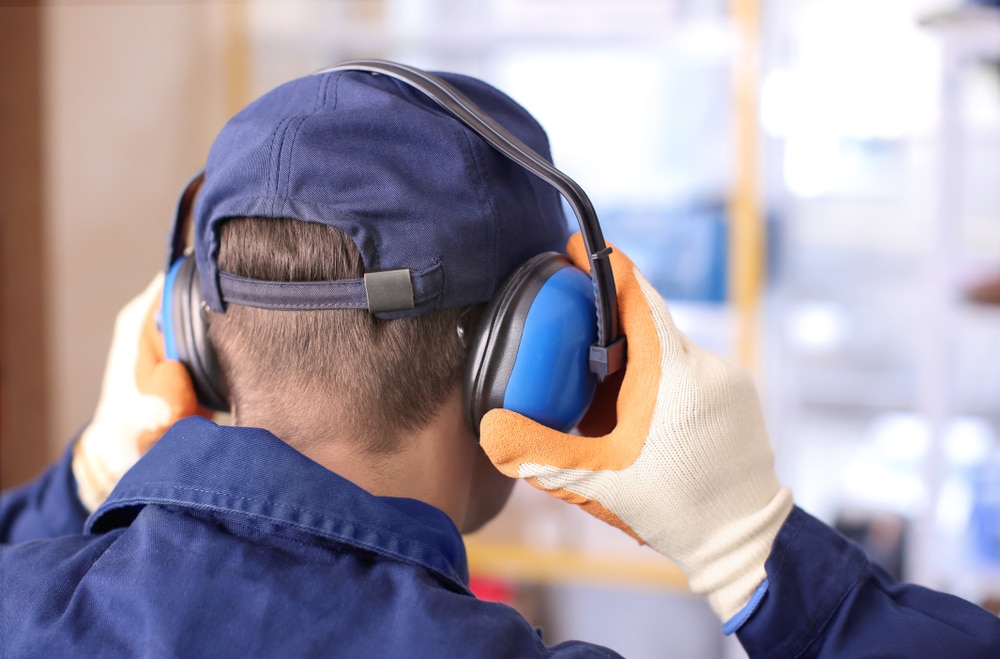Nearly half (46%) of manufacturing workers have experienced hazardous noise exposure at some point during their employment, according to the American Journal of Industrial Medicine. Equipment such as rotors, power tools, stators, gears, fans, impact processes and electrical machinery can all generate significant amounts of noise, which can negatively affect employees’ hearing. Prolonged exposure to excessive noise is particularly dangerous and can lead to tinnitus—a condition characterized by ringing, buzzing and roaring in the ears. In some cases, harmful noise levels can lead to permanent hearing loss.
One way to protect your employees’ ears is through the use of a hearing conservation program. These programs establish minimum requirements when it comes to evaluating noise exposure on-site and protecting personnel from noise-induced hearing loss. While the specifics of these programs will differ between facilities and the tools they use, OSHA has determined that an effective hearing conservation program consists of the following elements:
- The continued monitoring of workplace noise exposure
- The institution of engineering measures, work practices and administrative controls to protect against excessive noise levels
- The provision of individually fitted hearing protectors with an adequate noise reduction rating for at-risk employees
- The implementation of employee training and education regarding noise hazards and related protection measures
- The utilization of baseline and annual audiometry testing
- The introduction of procedures aimed at preventing further occupational hearing loss among employees with existing complications
- The use of sufficient recordkeeping processes as it pertains to program documentation
Check out our handy Hearing Conservation Program Evaluation checklist where we’ve compiled all of the above into one document, ready to go.
It’s important to note that OSHA uses “action levels” to express health or physical hazards. These levels indicate the point at which a harmful activity requires increased precautions, medical surveillance, industrial hygiene monitoring or other employer actions. Per OSHA, the action level for noise exposure is 85 dBA. At this level, a hearing conservation program must be implemented and hearing protection must be offered to employees.
Contact us via the form below with any questions. And be sure to follow us on LinkedIn and like us on Facebook for more industry news and tips.
Related Links:

